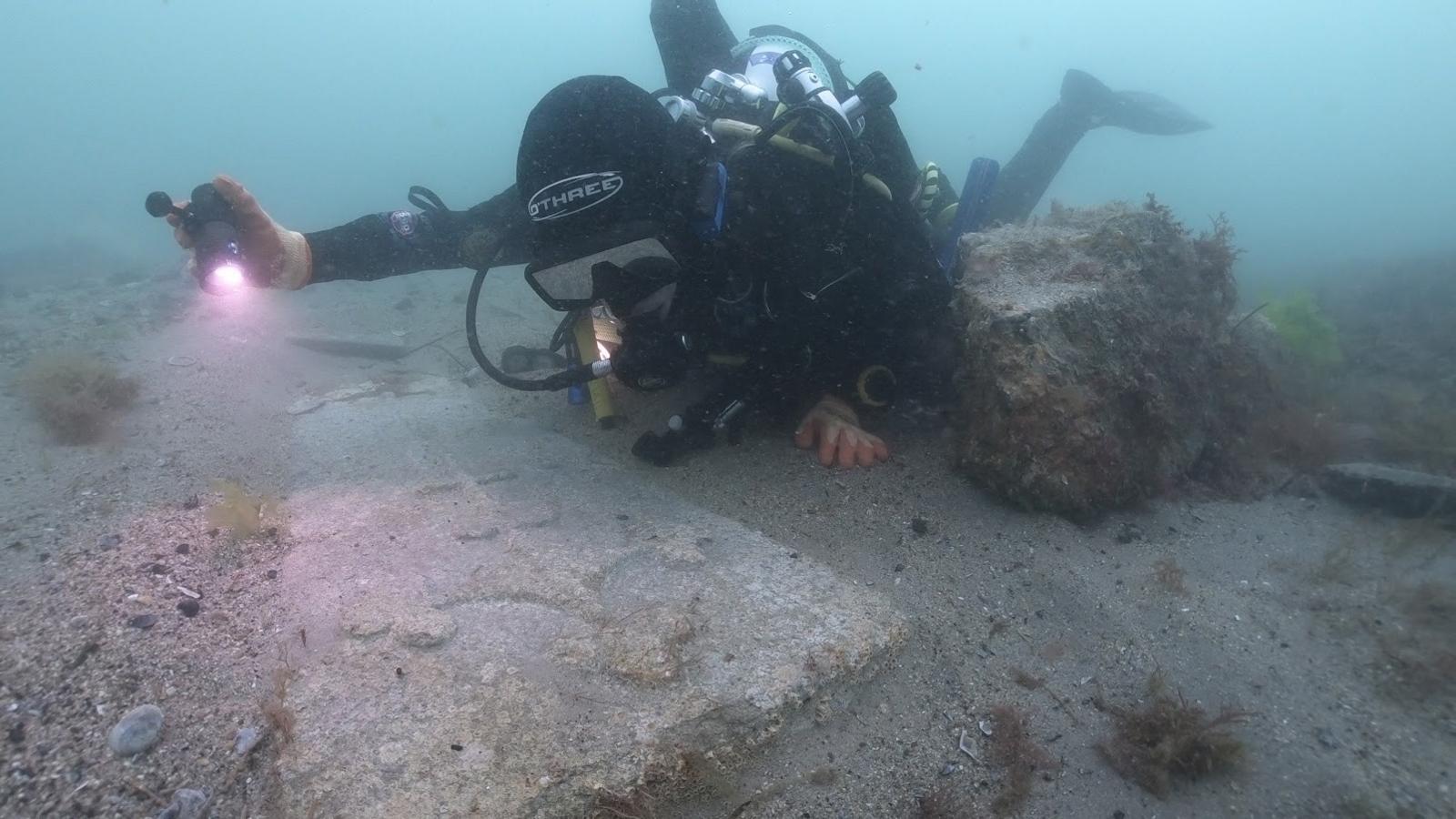Shipwreck mystery solved after more than 30 years
Marine archaeologists say the Pin Wreck is a 19th Century mooring lighter
- Published
A wreck found off the Dorset coast more than 30 years ago is a 19th Century naval vessel built in Portsmouth, researchers have discovered.
The 24m-long (79ft) Pin Wreck, named after the hundreds of metal bolts scattered around it, was found off St Alban's Head in 1990.
Maritime archaeologists from Bournemouth University identified it as an Admiralty mooring lighter - a vessel carrying machinery for moving heavy loads.
Research suggests it was used in the salvage of another naval vessel - HMS Eurydice - off the Isle of Wight in 1878.
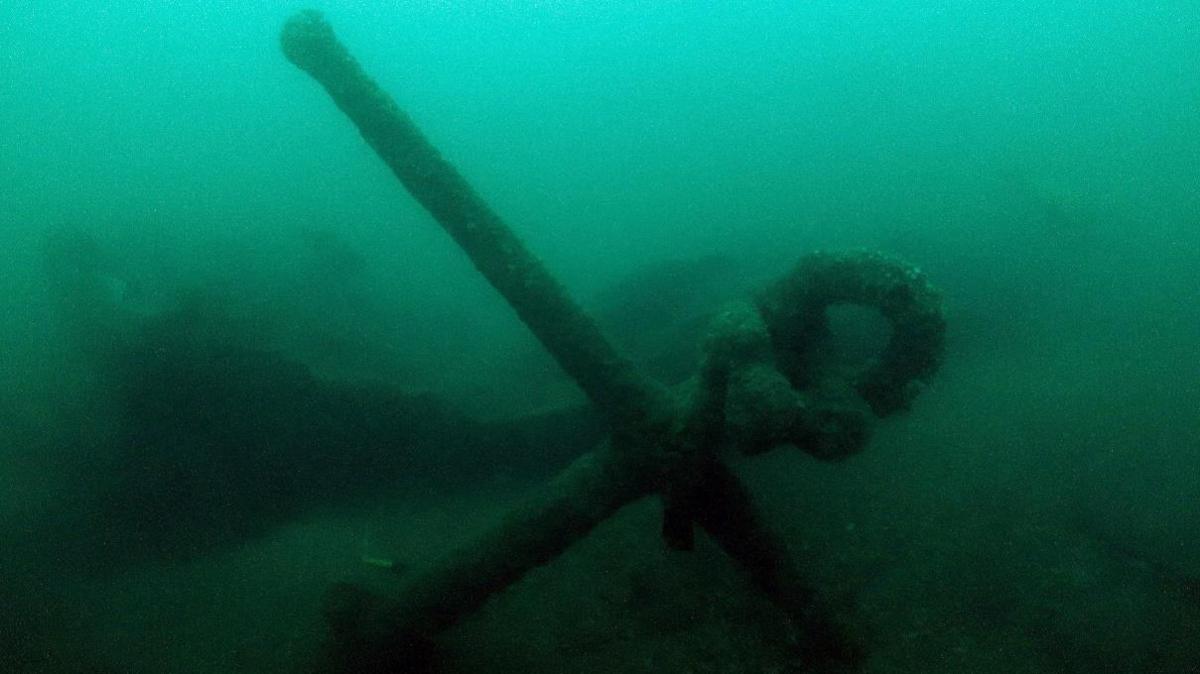
The vessel's anchor was among the features found by the dive team
The Bournemouth team dived into the wood and metal vessel, which lies 27m (88ft) deep, in 2019 after studying objects recovered in the 1990s by former university employee Nigel Bryant.
They included a ceramic fragment attached to a large pulley block marked "Portsmouth Dockyard".
Information from the dive suggested it was a naval mooring lighter from the mid-19th Century.
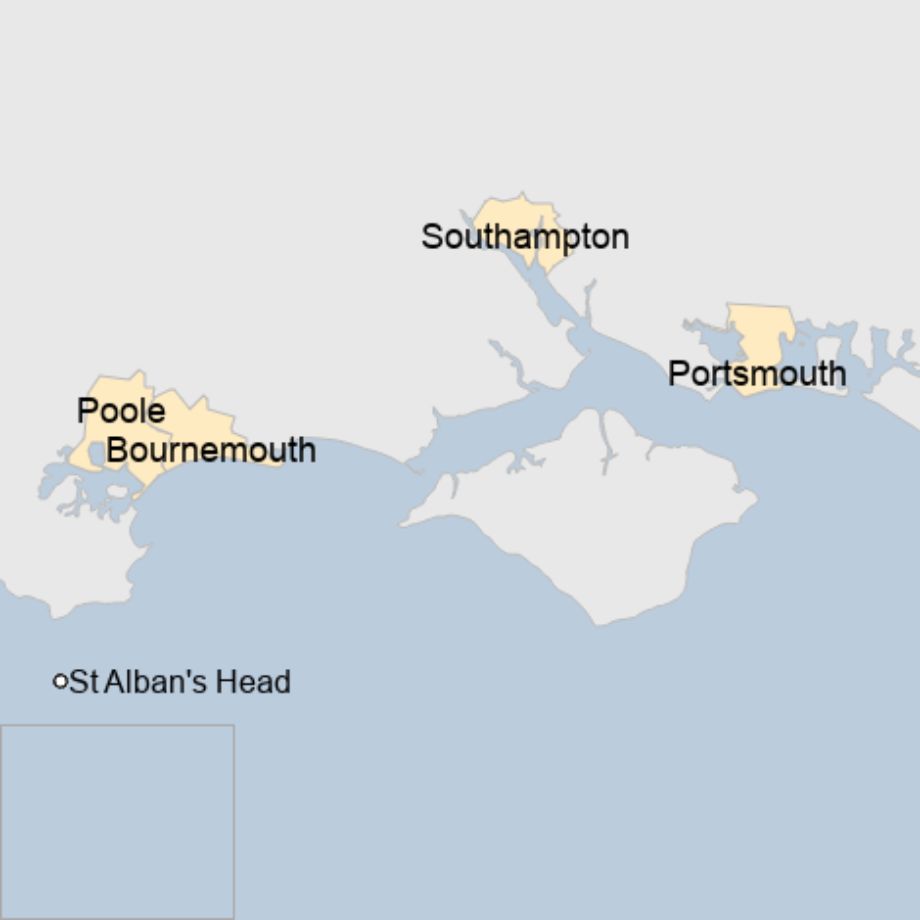
Researchers found records of two lighters from Portsmouth in the National Archives but there was no mention of their loss.
A breakthrough came in a copy of the Shipping Gazette from 11 September 1903, reporting the sinking of a mooring lighter off St Alban's Head, near Swanage, in rough weather while on tow from Portsmouth to Portland.
Thirty men had to transfer to its tug before it sank.
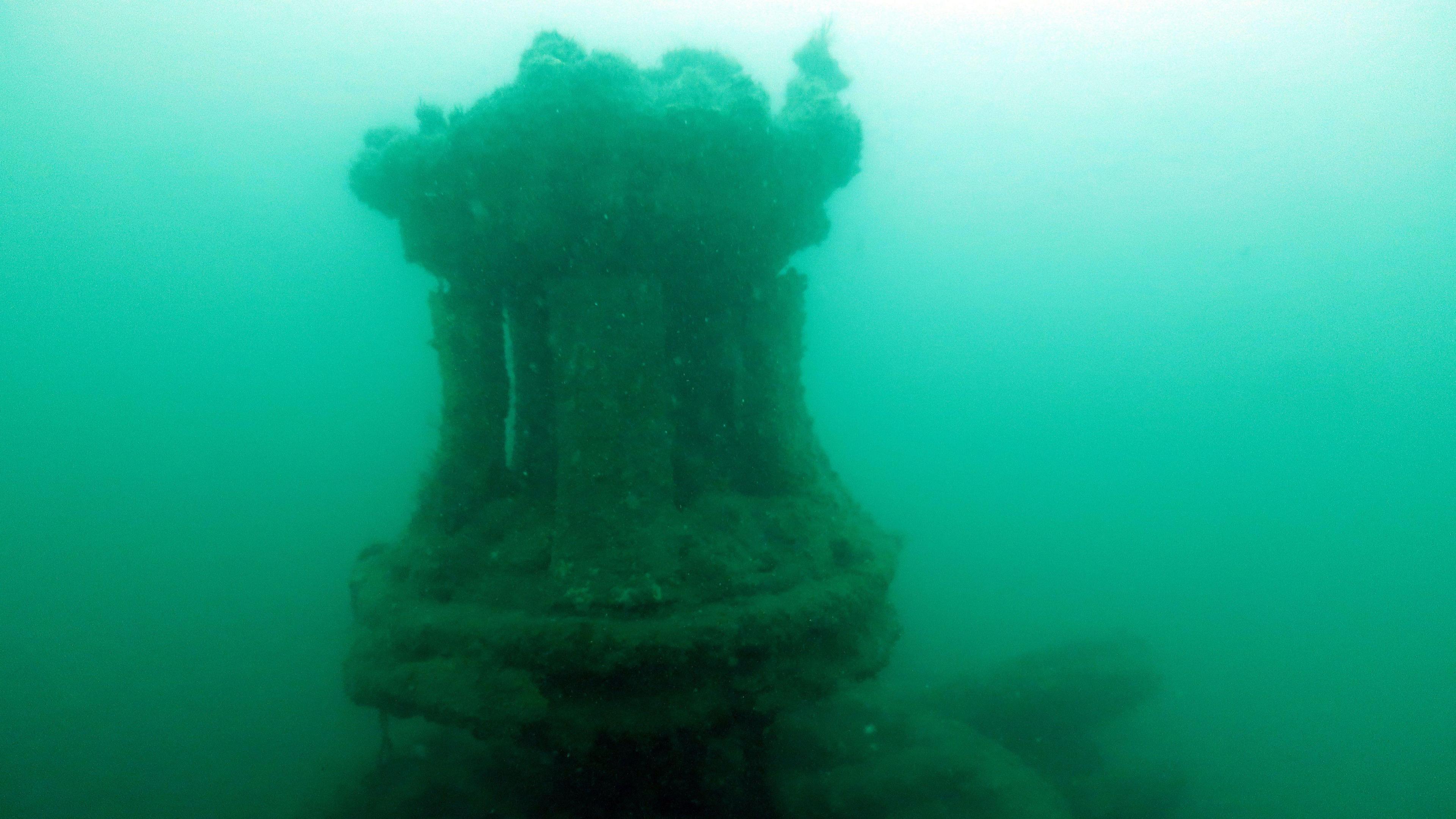
Divers found a capstan, gears and a steam engine
A breakthrough came in a copy of the Shipping Gazette from 11 September 1903, reporting the sinking of a mooring lighter off St Alban's Head, near Swanage, in rough weather while on tow from Portsmouth to Portland.
Thirty men had to transfer to its tug before it sank.
Dave Parham, professor of maritime archaeology, who led the investigation, said: "This is a rare example of a type of service vessel which was essential for maintaining the operations of Britain's ports in the 19th Century, so it is vital that we preserve it.
"The fact it appears to have been lost in service and was carrying substantial haulage equipment means it could offer valuable insight into the role these craft played in our maritime history."
The team has now applied for the wreck to be designated as a protected site.
Get in touch
Do you have a story BBC Dorset should cover?
You can follow BBC Dorset on Facebook, external, X (Twitter), external, or Instagram, external.
- Published14 August 2024
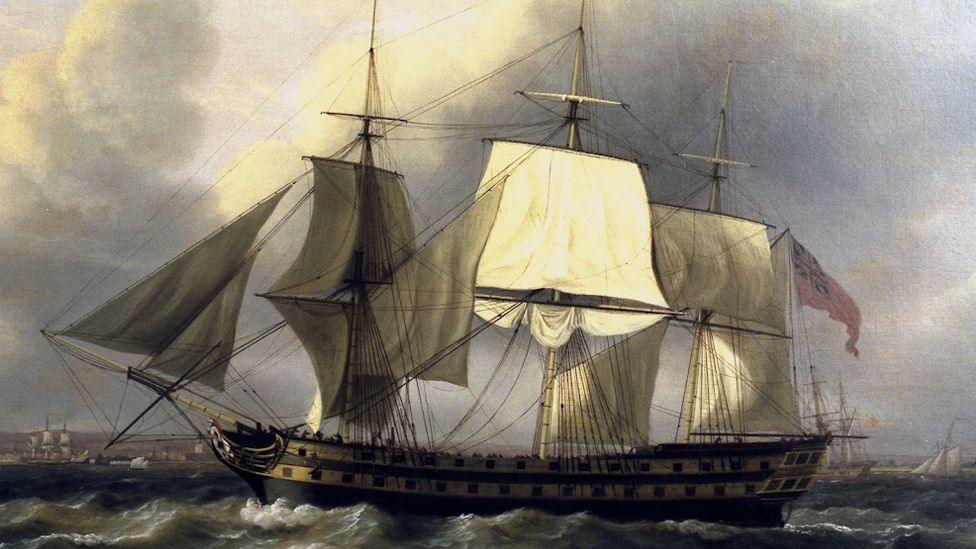
- Published6 June 2024
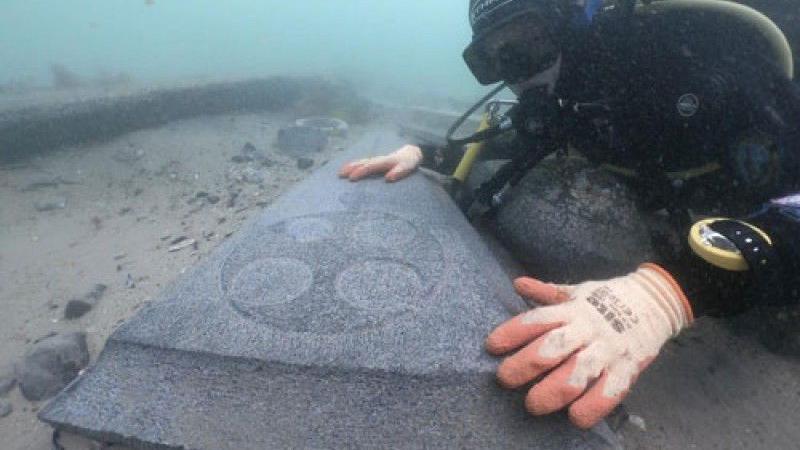
- Published20 July 2022
